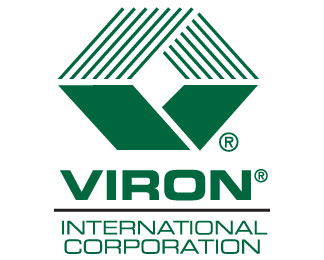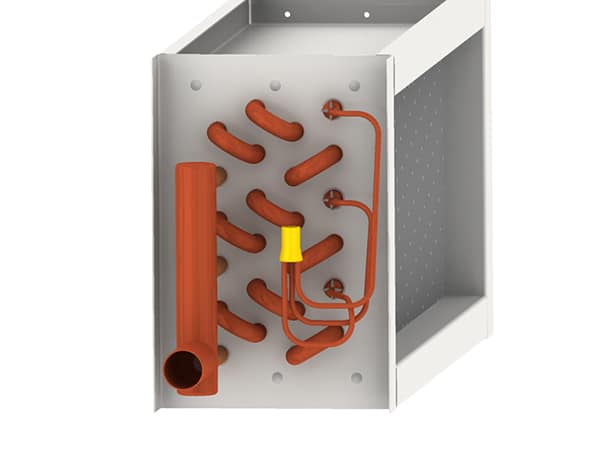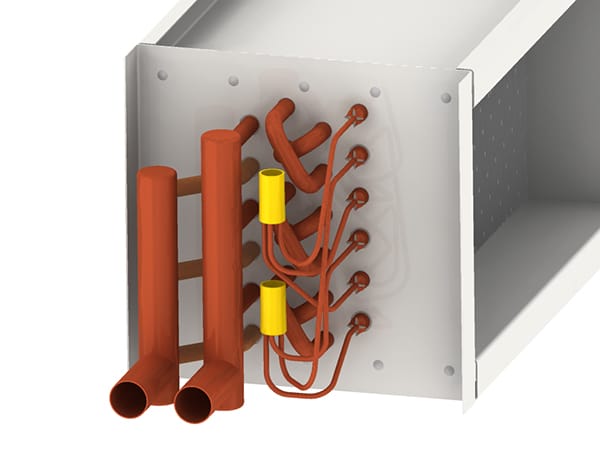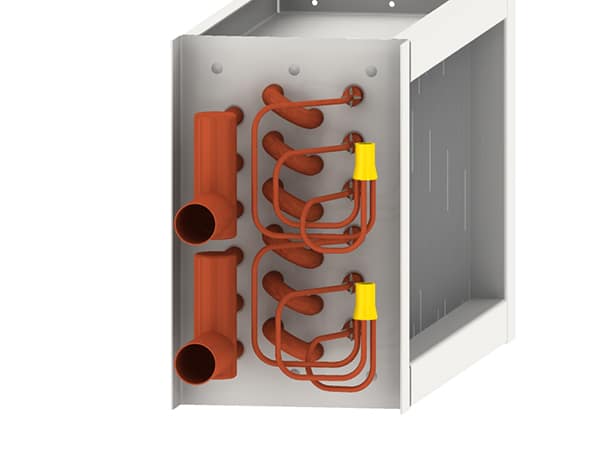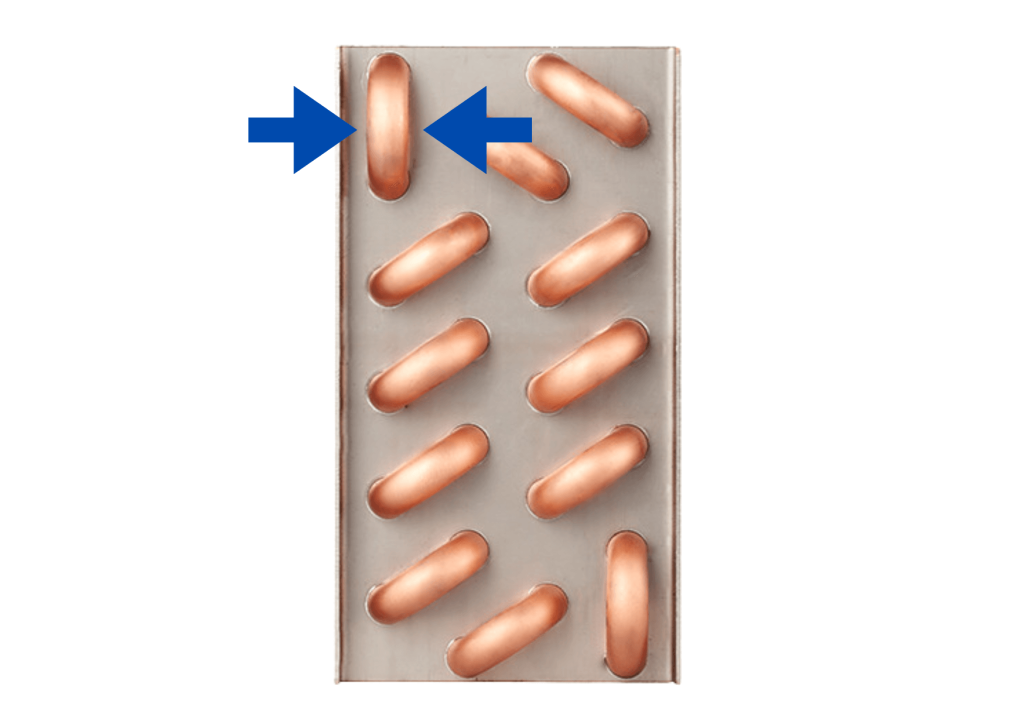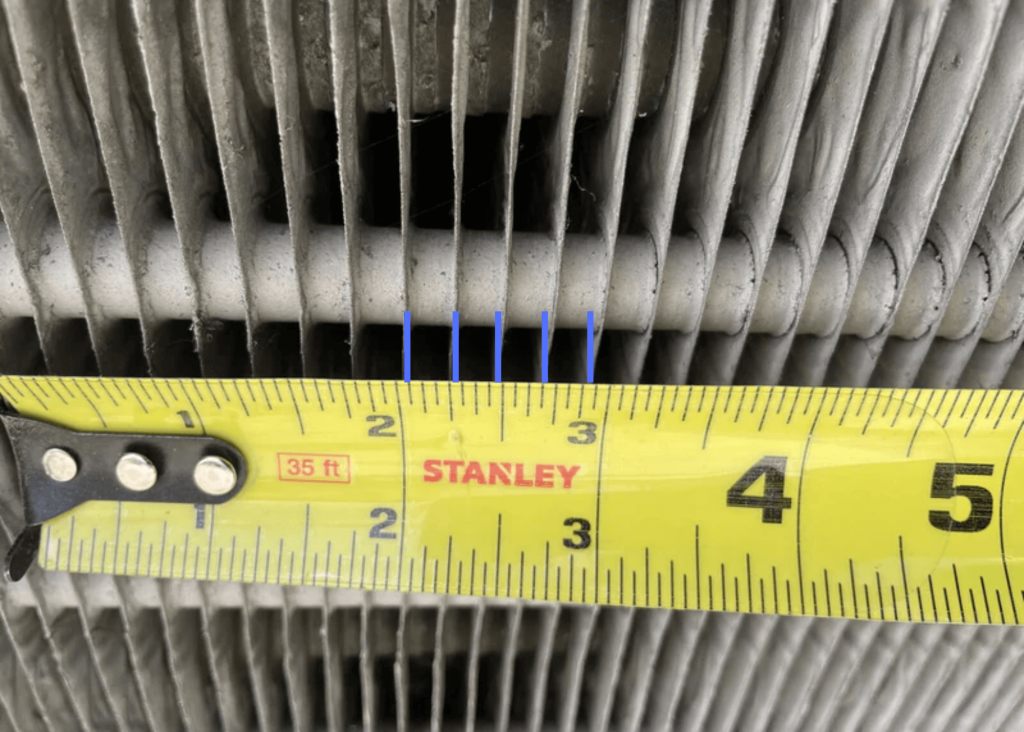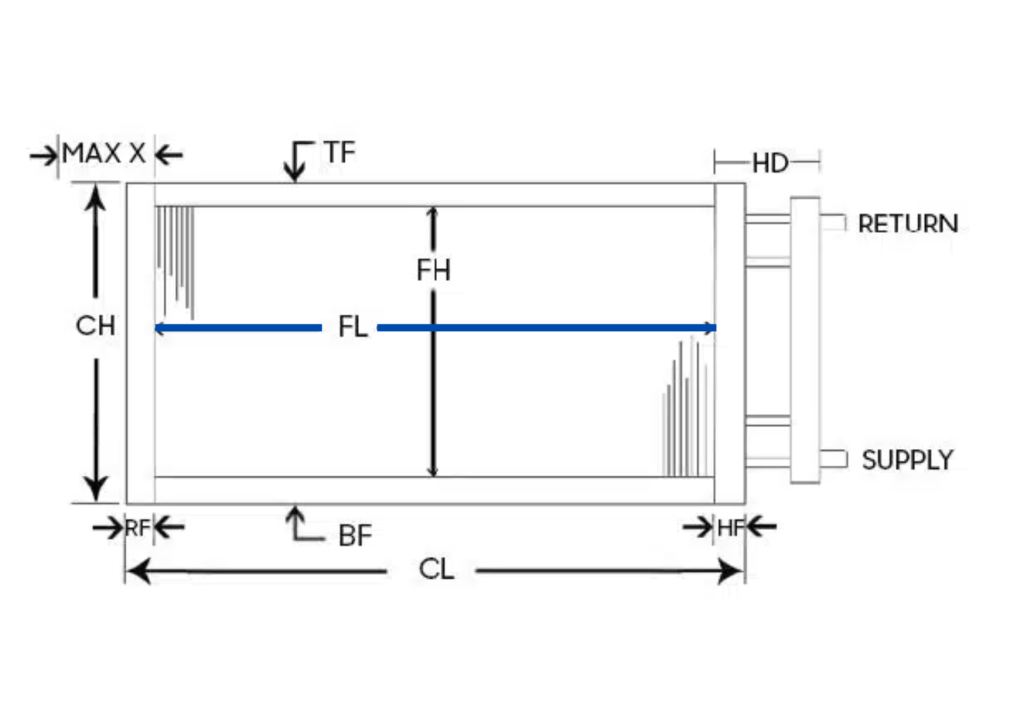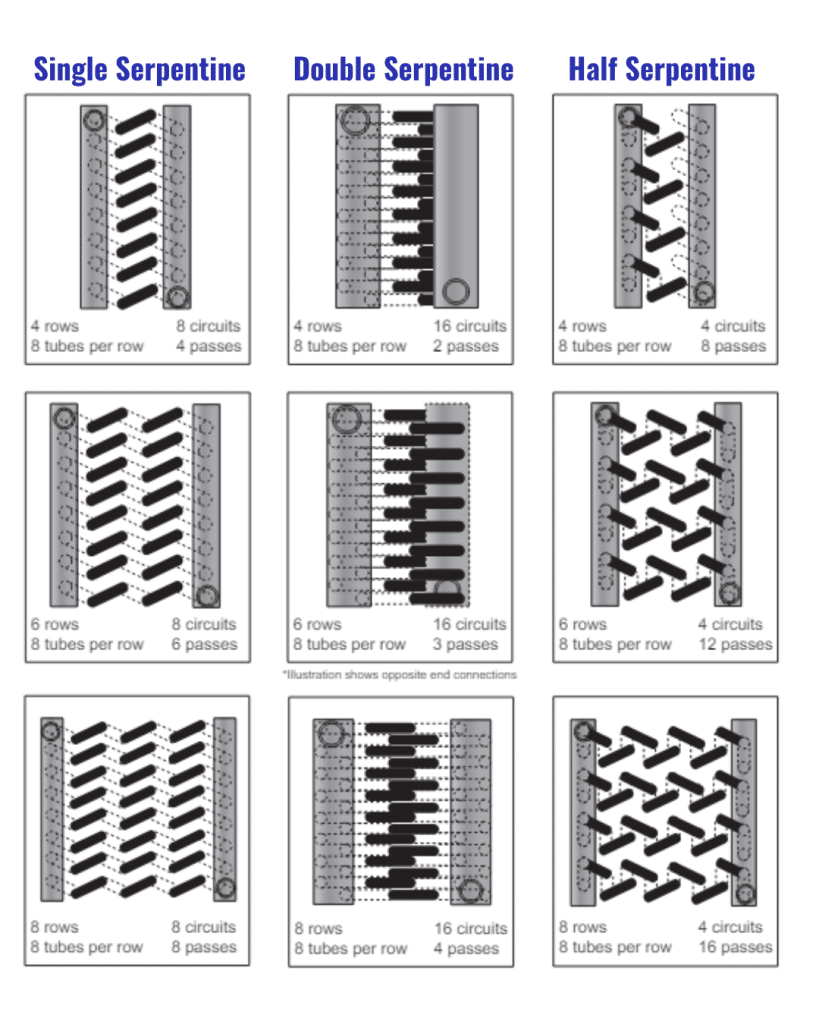Reznor
With over 130 years of expertise, Reznor provides top-tier heating, ventilation, and cooling solutions tailored to diverse applications. As a global leader, Reznor stands out for its innovative range of gas-fired unit heaters, air handlers, condensers, and rooftop units. Their products prioritize superior performance and effortless installation, setting industry standards from air handlers to unit […]





